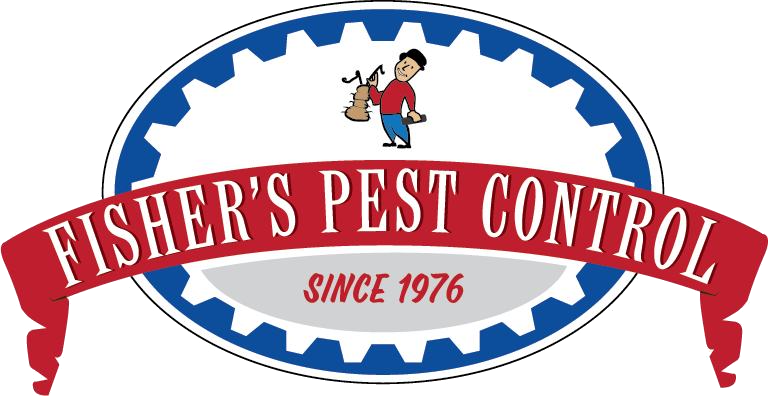Every property is unique, and so are the pest problems that affect it. From ants in the kitchen to rodents in the attic, pests can disrupt comfort, safety, and health. Choosing the right pest control plan is the most effective way to ensure that infestations are not only managed but also prevented long-term. With so many options available, knowing what to expect from a professional plan can help homeowners make informed decisions about protecting their property.

Understanding Your Pest Challenges
Before selecting a plan, it is important to understand the types of pests that are most likely to invade your home or business. In Texas, homeowners often encounter ants, termites, cockroaches, rodents, spiders, and mosquitoes. Each pest brings its own risks, making a one-size-fits-all approach less effective than a tailored solution.
- Ants: Kitchens and pantries are prime targets for ant colonies searching for food. Targeted and professional ant treatments are more effective than generic sprays.
- Rodents: Mice and rats not only damage property but also spread harmful bacteria. Preventive sealing and baiting strategies are essential for effective control.
- Cockroaches: These pests thrive in dark, moist environments, posing health risks and often requiring specialized indoor treatments.
- Termites: Silent destroyers that compromise wooden structures, termites require routine inspections and targeted solutions to avoid expensive repairs.
- Mosquitoes and spiders: These pests thrive in outdoor areas, creating discomfort and safety concerns. Regular barrier treatments help minimize activity around living spaces.
By identifying the most pressing pest challenges, you can better align your needs with the right plan.
Key Features of an Effective Pest Control Plan
A reliable pest control plan should provide more than just immediate relief. It must take into account prevention, treatment, and follow-up services. When reviewing options, look for plans that address the following:
- Thorough inspections: Professionals should begin with a detailed assessment to identify current infestations and potential entry points.
- Customized treatments: Every pest requires a different approach. Cockroach infestations need interior solutions, while termites require structural inspections.
- Preventive measures: Sealing gaps, fixing moisture issues, and offering long-term barriers protect against recurring problems. For example, knowing the common entry points for pests can help guide these preventive steps.
- Seasonal adjustments: Pest activity changes with weather conditions, making year-round protection a must.
- Follow-up visits: Consistent monitoring ensures treatments remain effective and that new infestations are detected early.
These features work together to ensure that the property remains secure against current and future threats.
Comparing Different Pest Control Plans
Choosing a pest control plan involves weighing several options. Homeowners should consider their property’s unique vulnerabilities, budget, and long-term goals.
- One-time treatments: Best for isolated issues, such as a small ant problem. While cost-effective, these do not provide long-term protection.
- Quarterly plans: Designed for ongoing prevention, these address seasonal activity and offer regular monitoring for early detection.
- Annual contracts: Comprehensive in scope, they are ideal for properties with recurring problems or high-risk environments.
- Specialized services: Target specific pests like termites or rodents, and are often recommended when there is significant evidence of activity.
Comparing these options highlights the importance of ongoing protection versus short-term fixes. While one-time services may seem appealing, they rarely address the root cause of infestations.
Benefits of a Customized Pest Control Plan
A customized pest control plan provides peace of mind by tailoring services to the property’s exact needs. The benefits include:
- Targeted results: Treatments are designed for the specific pests and conditions present.
- Cost savings: Preventing damage from termites or rodents reduces expensive repairs over time.
- Health protection: Reducing exposure to cockroaches, mosquitoes, and rodents minimizes health risks for families and pets.
- Improved comfort: Regular service ensures that your home remains a safe and enjoyable space without the constant worry of infestations.
Plans that combine these benefits create a more holistic and effective approach to pest management.
Preparing for Long-Term Pest Protection
Once a pest control plan is in place, it is important to commit to long-term protection. Pests adapt quickly, and prevention is more reliable than reaction. Homeowners can contribute by keeping food sealed, repairing leaks, and maintaining clean living spaces. When paired with professional monitoring and treatments, these practices ensure the property stays secure year-round.
In addition, seasonal reviews and follow-ups help keep the plan up to date. As the weather changes, certain pests become more active, requiring adjustments to existing strategies. Staying consistent prevents pests from gaining the upper hand and provides continuous peace of mind.
Take The Next Step Toward Protection
Do not wait for pests to disrupt your comfort and safety. Protect your home today with a tailored plan by contacting Fisher’s Pest Control. Our expertise ensures that your property gets the right pest control plan for lasting protection.





